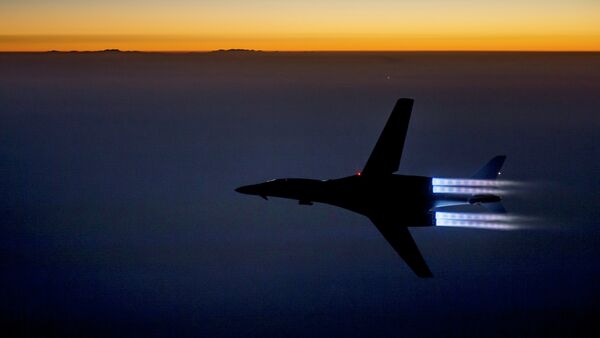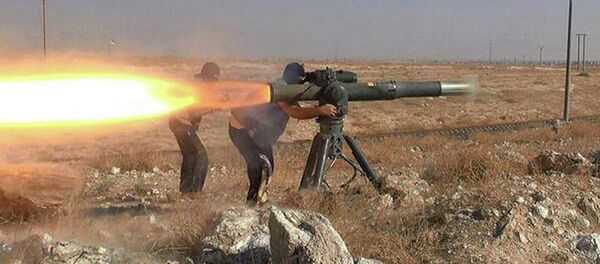He didn't comment on the details of the circumstances surrounding the second-in-command's death.
"I will not mourn him… he whose only wish was to die in the name of Allah… he has raised men and left behind heroes who, God willing, are yet to harm America," al-Adnani added.
The White House announced on August 21 that al-Qurashi was killed three days prior in the city of Mosul, in the northern part of Iraq, as a result of a US-led airstrike.
Qurashi's real name was Fadhil Ahmad al-Hayali.
The US National Security Council noted that Al-Hayali was a senior deputy to IS leader Abu Bakr al-Baghdadi, and the White House described him as a main coordinator for moving weapons, explosives, vehicles, and people between Iraq and Syria.
Confirmed: Fadhil Al-Hayali was killed by a #US drone strike in August 2015. Da'ish's second-in-command. pic.twitter.com/T0AQYvNSyF
— Haidar Sumeri (@IraqiSecurity) October 13, 2015
In fact, the strike targeted a vehicle, not the ISIL official specifically, and killed also Abu Abdullah, known as the extremist group's "media operative."
The Obama administration claimed in its August statement that Al-Hayali "was in charge of ISIL operations in Iraq," and played a crucial role in plotting operations for the last two years.
Al-Hayali had been a member of al-Qaeda's Iraqi faction before joining IS, a common "career progression" among senior extremists.
Prior to that he was allegedly an officer in the army of Saddam Hussein.
In June 2014, IS launched a destabilization operation in Iraq following an anti-IS operation by the Iraqi army. Two million refugees have since been displaced from their homes, many of whom have since traveled to Europe seeking asylum.


